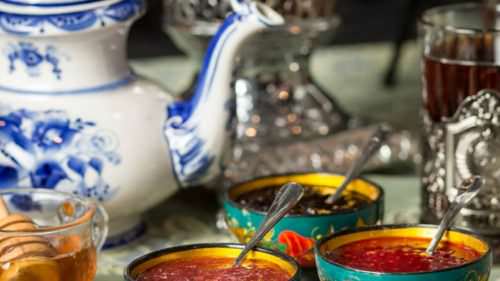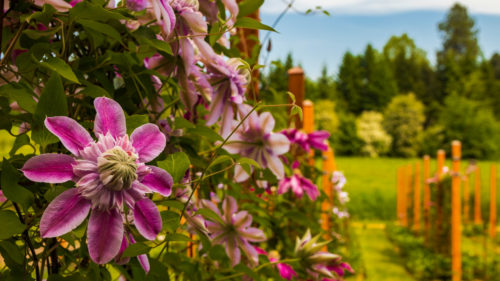As the snowy summit of Mt. Hood rises in the distance, Garden Curator Hugo Torii roughly points out a new gingko tree he recently planted near the tea house at the Portland Japanese Garden.
“I’m not going to tell you [where it is] until it gets bigger,” Torii laughs, “because what if it dies in two years?” Though the sapling is a new addition to the garden, it’s part of a bigger vision for both Torii and the garden itself, one that has been in motion for decades.
Torii started his career at a flower shop in his hometown of Yokohama, Japan, before moving to Kyoto, a city known for its unparalleled beauty, to begin his training. The dry-humored, 44-year-old gardener moved to Oregon in 2018, after an initial visit in 2014 impressed him so much, he wanted to come back.
“I didn’t expect to see something really beautiful like this,” Torii says of his first visit to the Portland Japanese Garden. “I’ve seen many Japanese gardens in other countries that have less maintenance done, so it was great to see something with so much care.”
The 12-acre garden is one of Oregon’s most popular visitor attractions. First opened in 1967 as a place of serenity for Portlanders and as a healing connection with the Japanese, the garden stands as one of Washington Park’s crown jewels, alongside the International Rose Test Garden and the Hoyt Arboretum.
It’s also a cornerstone of the growing ties between Oregon and Japan, which have come to include much more than the garden: from ramen shops and Japanese bakeries to clothing and bookstores, food and drink artisans, festivals and more. (A 1992 hit Japanese series, “Oregon Kara Ai” — From Oregon With Love — highlights the mutual affection with songs, landscapes and stories of life in Oregon.)
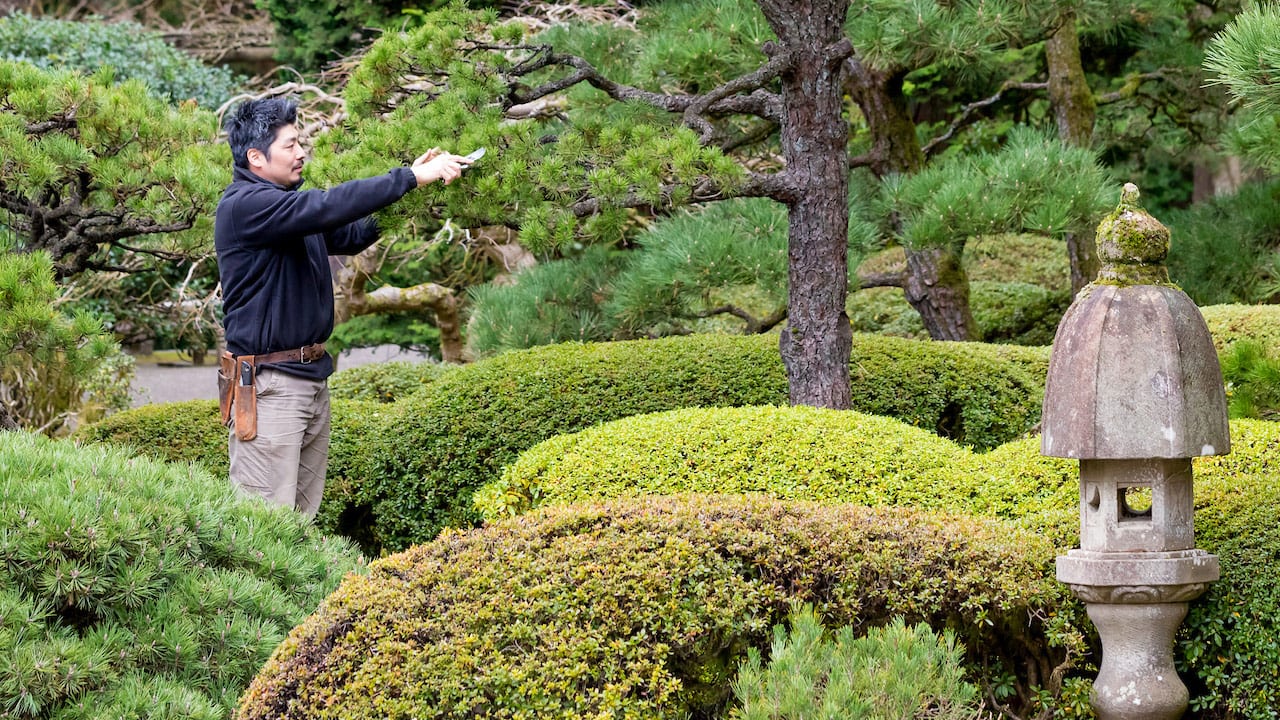
Finding Harmony Between Generations
Today, after a massive $37 million expansion from Japanese architect Kengo Kuma — which includes a beautiful tea cafe, an art space and a members-only library — the garden still feels like stepping into another world almost 5,000 miles away.
Here, cradled among the lofty West Hills peaks, between towering Douglas firs and delicate maples, the tranquil garden is considered one of the most authentic outside of Japan. And among those concentric raked-gravel circles, gurgling waterfalls and mossy pathways through peaceful koi ponds, Portland and Japan have found true harmony between generations.
“When we go into cultural heritage gardens that are there for centuries, we’re picking up such a small piece of it,” Torii says. “We’re trying to bridge it to the next generation … it’s been that way for such a long time for us. I’ve just planted that small ginkgo tree by the stairs, but hopefully in 50 years it’ll be one of the main trees here.”
Smaller Details and Bigger Picture
Here in the garden is where Torii finds he connects the most with Japanese culture. But he’s also found it in unexpected places across the city, too. “The Saturday Japanese school, Japanese-brand shops [in Portland like] Muji, Kinokuniya and Snow Peak also connect me to our culture,” Torii says. “Cherry trees at Tom McCall Waterfront Park, Japanese films shown in smaller cinemas downtown and the newer ramen culture existing here.”
In his work, Torii has slowly been implementing a dualistic ethos in the garden, one that affects short-term change while also keeping the big picture and the future in mind.
“Smaller details and bigger picture — we have to see things that way always,” he says. “It can’t just be one way. Once in a while I try to remind the [gardeners] that you’re working on the maple tree, but if the tree next to you is not looking good, that maple tree is not looking good either.”
Here are several ways to engage in Japanese culture and history across Oregon.
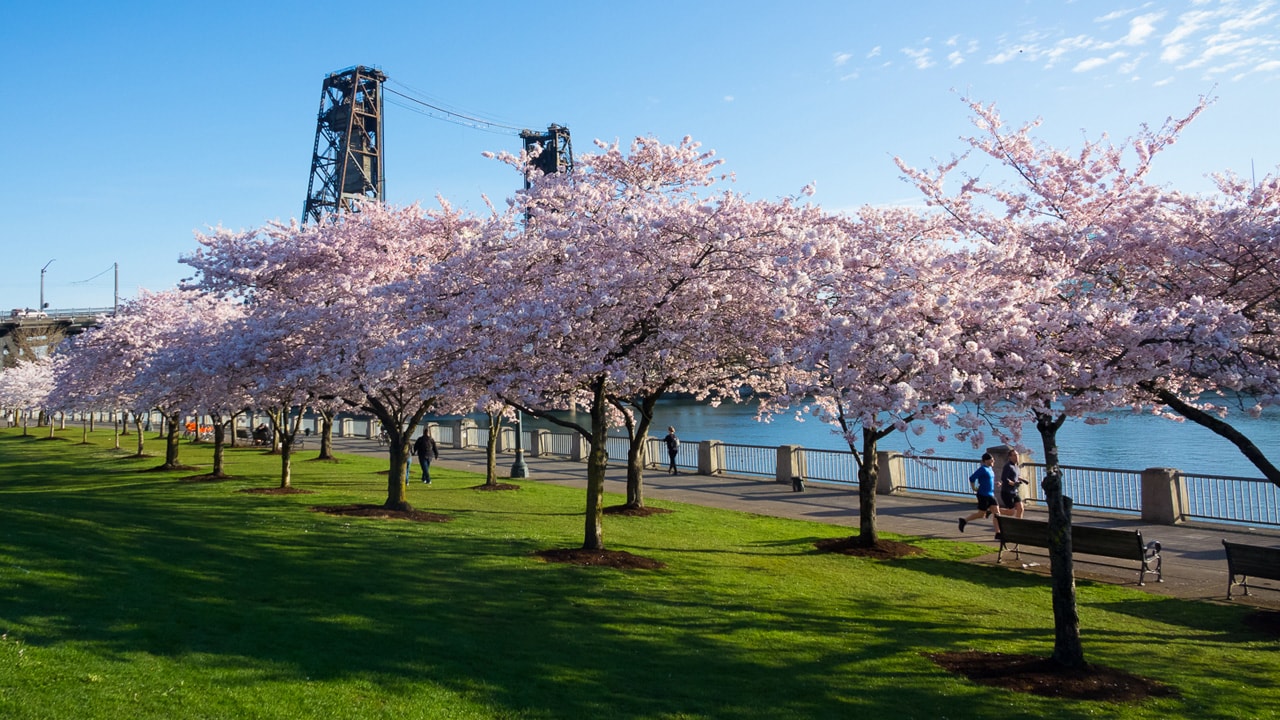
Discover Japantown’s Roots in Downtown Portland
Long before the Old Town/Chinatown neighborhood settled into Northwest Portland, the area was home to a Nihonmachi, or Japantown. The neighborhood started growing in 1880, when thousands of Japanese immigrants came to Oregon in search of work and a better life. As young Japanese men, and eventually their families, moved to the area, a bustling community of hotels, restaurants, bathhouses, barbershops and other businesses flourished around them. Though the neighborhood was later dismantled because of internment during the war, the history of the area lives on at the Portland Chinatown Museum.
The Japanese American Museum of Oregon, formerly the Oregon Nikkei Legacy Center, sits around the corner from the Portland Chinatown Museum. It is home to a wealth of knowledge, exhibits and projects ranging from photographs and artwork of Oregon’s Nikkei community to the ongoing translations of 10 issues of the Oshu Nippo, or Oregon Daily News, a Japanese newspaper printed in Japantown from 1906 to 1953. Celebrate the late civil rights leader Minoru Yasui, known for his stand against the forced imprisonment of more than 100,000 U.S. residents of Japanese ancestry during World War II.
Catch the Cherry Blossoms at These Spots
Come spring, cherry blossom, or sakura, trees across the state blush in delicate, soft-pink blooms. The best time of year to catch them is often between March and May, depending on the weather and the type of tree. In Portland the most illustrious blooms happen along the Willamette in Waterfront Park, where the trees were a gift from Japan in 1990. Find more cherry blossoms at the Portland Japanese Garden, Hoyt Arboretum and Pittock Mansion. In Gresham find them at Tsuru Island, the city’s Japanese Garden, as well as in Ashland’s Lithia Park in Southern Oregon.
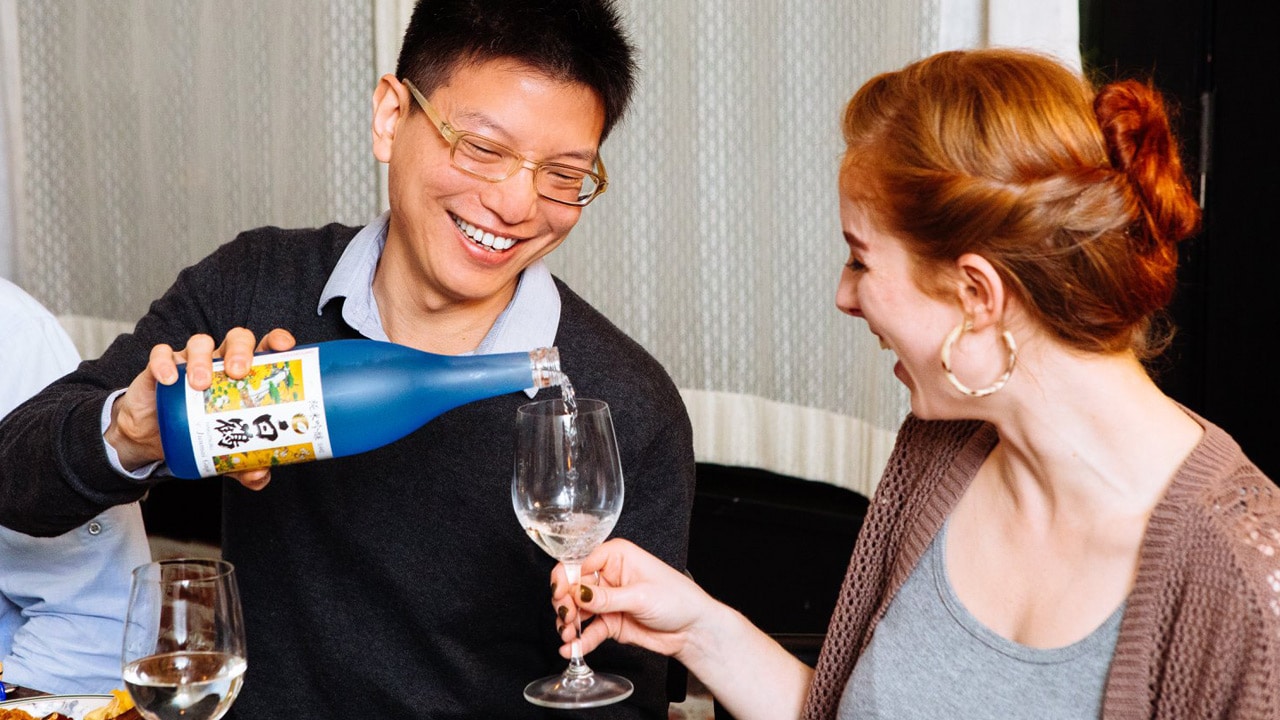
Sample Handmade Tofu
While there’s little to do at Southeast Portland’s Ota Tofu save buying those freshly made blocks, this shop is an important piece of the region’s history. The oldest tofu house in America, Ota Tofu was founded around 1911 and is one of, if not the only, Japanese-owned businesses in Portland to survive the period of internment, from 1942 to 1946. Their fantastic tofu is among the best in the region, too.
Sip Sake in Forest Grove
The nation’s oldest craft sake producer has been brewing award-winning sake for more than two decades a mere 30 miles west of downtown Portland. At SakéOne in Forest Grove, toji (master brewer) Takumi Kuwabara specializes in high-end sake styles, including ginjo and daiginjo. Their house labels — Momokawa, Moonstone, g Sake and Yomi — have won more awards than any other sake company in the country and are available across the region and in the tasting room.
Make Mochi for Japanese New Year
Celebrate Japanese New Year, Japan’s most important holiday of the year, at Portland’s premier celebration, called Mochitsuki. The family-friendly event at Portland State University features live performances by local artists, food demonstrations, crafts and more in late January each year.
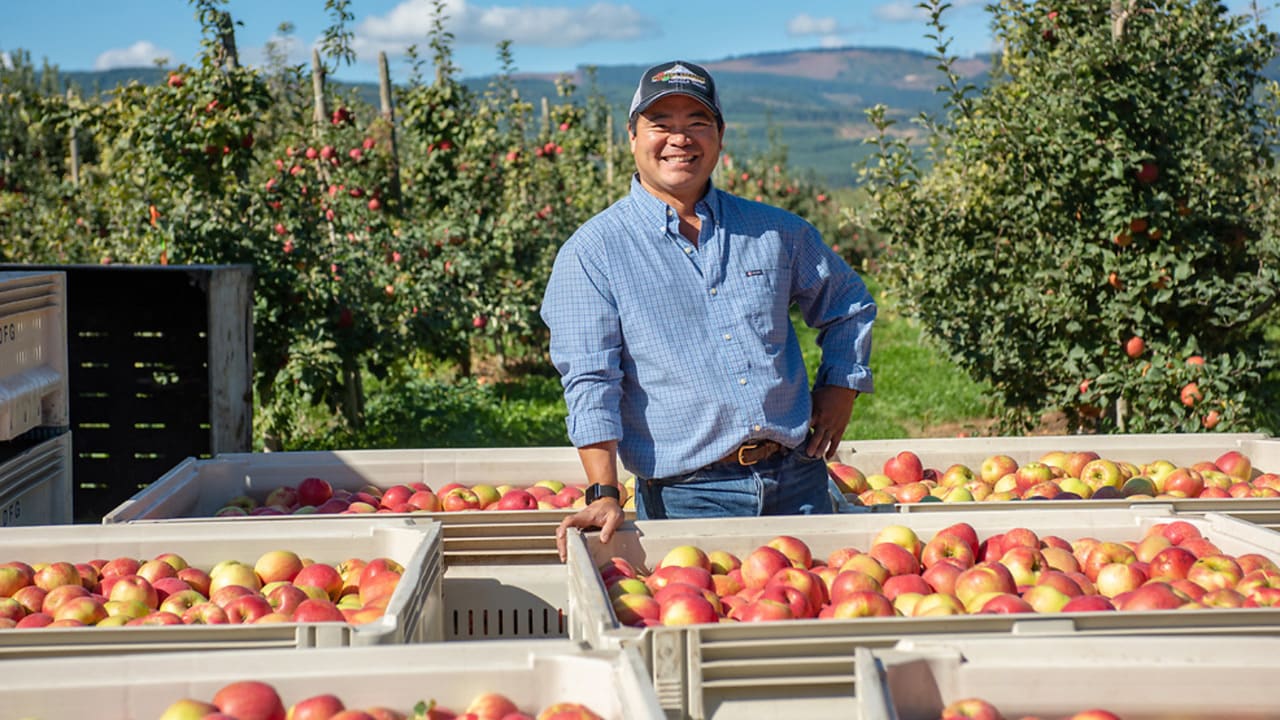
Road Trip With a Podcast and Orchard Visit
History buffs may want to download the Hood River-based Hear in the Gorge podcast episode marking the 75th anniversary of internment of Japanese Americans, which happened in parts of the Columbia River Gorge. Take a day trip through the Gorge and stop at Kiyokawa Family Orchards in Parkdale for a U-pick opportunity, with apples and pears at their peak in September and October.
Visit This Famous Samurai Sword on the Coast
The tiny town of Brookings, at the southernmost point of the Oregon Coast, is home to a 400-year-old samurai sword gifted to the town by former Imperial Japanese Navy pilot Nobuo Fujita in 1962. It was the 20th anniversary of the only wartime aircraft-dropped bombing on the continental United States, which caused no casualties but started a small fire that was quickly extinguished. Fujita presented the sword to the town in a gesture of peace and friendship, and returned to Brookings several times before his death to plant trees. Visitors can see the sword behind glass in the Chetco Community Public Library during business hours.
Dive Into History in Eastern Oregon
The spacious museum at the Four Rivers Cultural Center in Eastern Oregon lies right along the Oregon-Idaho border in Ontario. Home to exhibits tracing the settlement patterns of a number of populations including Northern Paiutes, Basque and Japanese immigrants, the museum also features exhibits and photographs from World War II and Japanese American internment. Alongside the expansive center, the peaceful 1.3-acre Hikaru Mizu Japanese Garden brings beauty and serenity to visitors, who won’t find another of its kind within a 400-mile radius.
